Nov. 7 marked the opening of the Prima Materia Exhibition at Rowan University’s Art Gallery and Museum. The Exhibit was curated by art practitioner, anthropologist, and educator Anabelle Rodríguez-González. It showcases art from Blanka Amezkua, Esperanza Cortés, and Anthony Carlos Molden.
Anabelle Rodríguez-González has been a curator since 1999. González had worked with the Art Gallery and Museum over ten years ago. She had become a curator to have some form of representation for her tradition.
“I became a curator because there were very few Latina curators at the time. I wanted to support underrepresented artists in particular, at first emerging artists, especially from Puerto Rico where I am from, Latin America, from the Caribbean so that they can get more exposure in comparison with other groups of artists that have been a lot more represented in art history,” said González.
In recent years she has had her work exhibited in Philadelphia, New York, and the 2022 – 2023 mixed media installation that was dedicated to climate change, “Globalnesia.” Her most recent curatorial collaboration was Desde San Juan Bautista. The first exhibition of contemporary art from Puerto Rico in the history of La Biennale.
The concept behind the 6-month project of Prima Materia was to bring in artists who would take from their culture and put aspects of it into their work. While additionally using non-traditional materials that would be considered from the craft realm. They wanted to blur the lines of craft, fine, and visual art. González elaborated on this idea behind Prima Materia.
“The exhibition that I’m presenting at Rowan now is titled Prima Materia because we are interested in this idea of materials and how they sort of inform or inspire artists to create in certain ways,” said González.
Blanka Amezkua is an interdisciplinary artist, cultural promoter, educator, and project creator from Mexico City based in the Bronx, New York. Amezkua’s art focuses on identity while pulling from her Mexican American roots. She has been featured in exhibits including MoMA, Art Base, Queens Museum, El Museo del Barrio, and many more.
Her contribution is an Ofrenda that acts as an alate dedicated to the children who were tragically lost to gun violence at Sandy Hook and Robb Elementary Schools. While brightly colored with the balloons, snacks, and toys representing the kids, there is a bleak reminder of the cause of the altar itself.
Also based in New York, Esperanza Cortés is originally from Colombia. She is a multidisciplinary artist who pulls from the American life and the transcultural experiences that are commonly shared among minorities and immigrants. She wants audiences to consider colonialism and the effects it has on generations. That is on full display with her 2024 piece, “Rίo Rojo.”
It pulls from her Colombian heritage while being able to speak to the colonization of South American countries. 16-year curator of Rowan University Art Gallery and Museum Mary Salvante highlights the key elements of what speaks to the colonization angle of it.
“Down in the center, you see a pile of cotton in its original organic form, which was a big indicator of the oppression of workers. Particularly enslaved people as a commodity for the colonial states. Not just cotton but sugar cane and other commodities were also part of that culture,” said Salvante.
The last artist presented in the exhibit is Anthony Carlos Molden who is from Cedar Point, Iowa. He is now based in Philadelphia and is a mixed-media painter/sculptor. He does a mix of sculptural relief while repurposing found objects and recycled materials. All of his paintings are made with 90-100% recycled materials which would include paint and surfaces. This leads to his 20-year goal which he intends to keep.
“Make something of value out of the piles of refuse around us every day,” said Molden.
Salvante spoke on Molden’s work and the approaches he takes to create the type of art that he does.
“Anthony is a very interesting artist you know. His work is very, I have to say it is an organic process. It’s not just organic in its materials, but also in how he approaches creating the work and so he pulls together these, elements that he builds upon to then produce these finished 3-dimensional sculptures,” said Salvante.
You can see this in his 2022 piece “Get Free Totem” which is completely all repurposed materials that he found. It has an ancient feel to it with the gilding and gold. But gives off symbolism towards a warrior with the shield and weaponry on display. There are Indigenous elements spread throughout with materials like feathers.
González wants people to be able to take something from the exhibit and students to be introduced to artists who are working in community work.
“It’s a great opportunity for them to get to know the work of their contemporary artist who is very much engaged in a community-based work, or in work that explores different aspects of their experience that I think will resonate with a lot of students,” said González.
Salvante had a similar belief about the power of the exhibit. Highlighting more how students would be able to identify with the work displayed to them.
“What we’re trying to do here is giving primary students another option. Another way for them to come to some understanding about themselves and about the world that they live… But I think that there are universal themes, regards of who is doing the artwork. Hopefully, visitors will identify with some of them on their own personal level,” said Salvante.
Visitors and students can check out the exhibit at 301 High Street Gallery until Jan. 4, 2025, with a reception and gallery talk happening on Nov. 14, from 5:00 to 7:00 p.m.
For comments/questions about this story DM us on Instagram @thewhitatrowan or email [email protected]



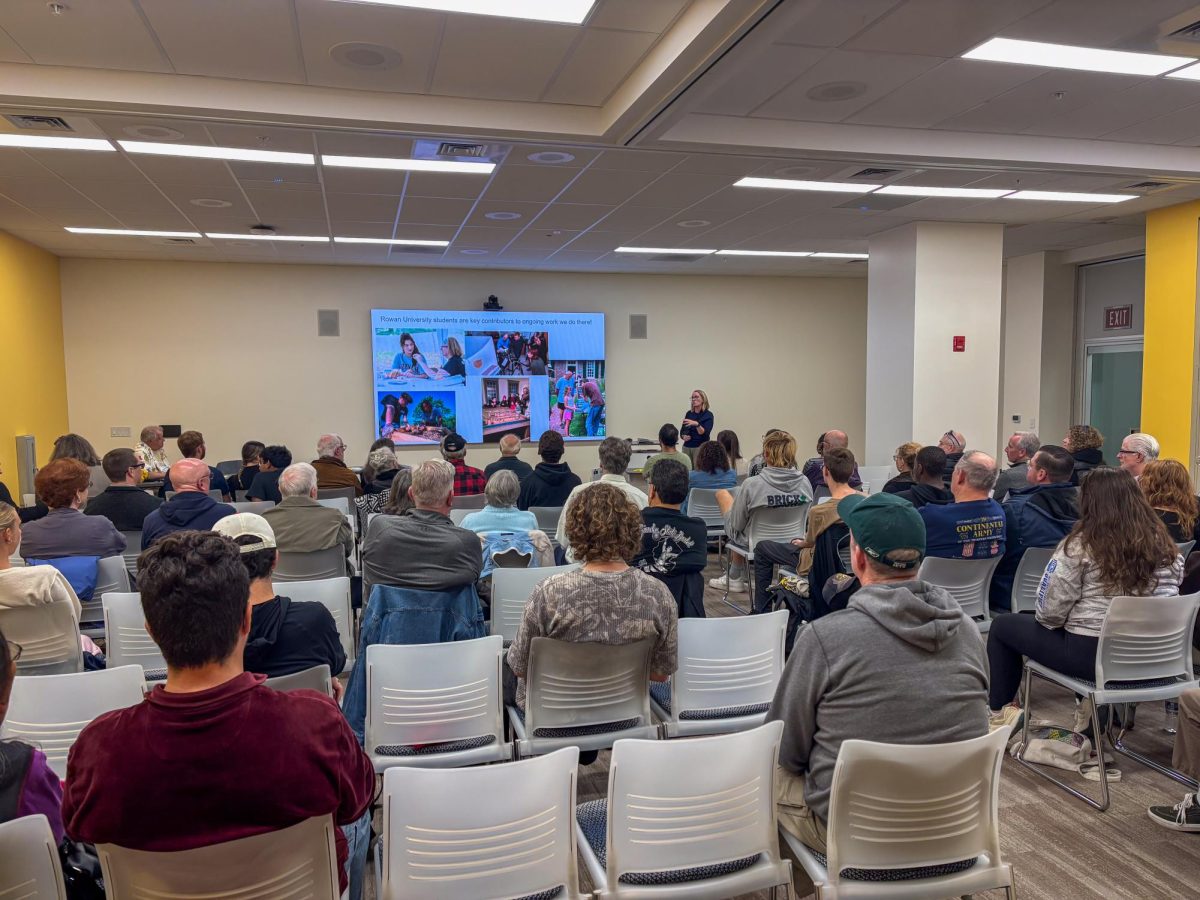

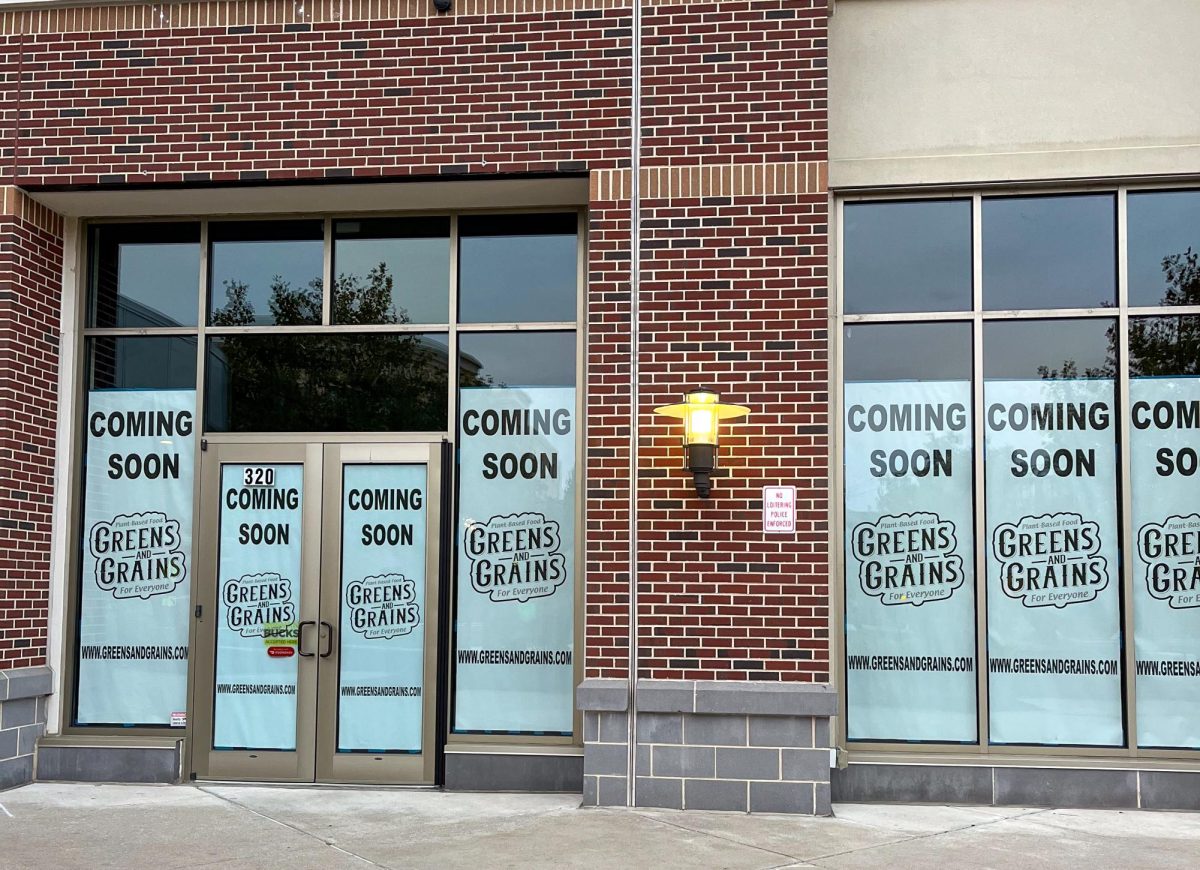





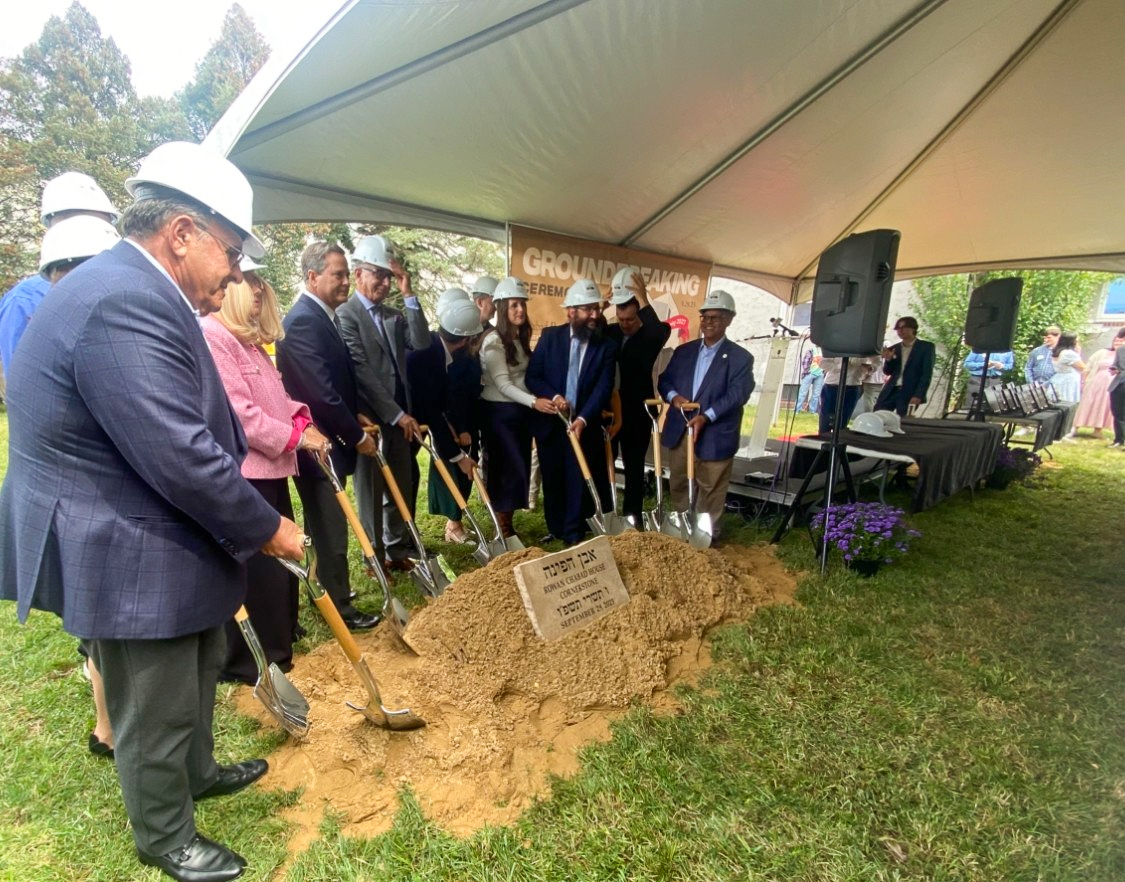
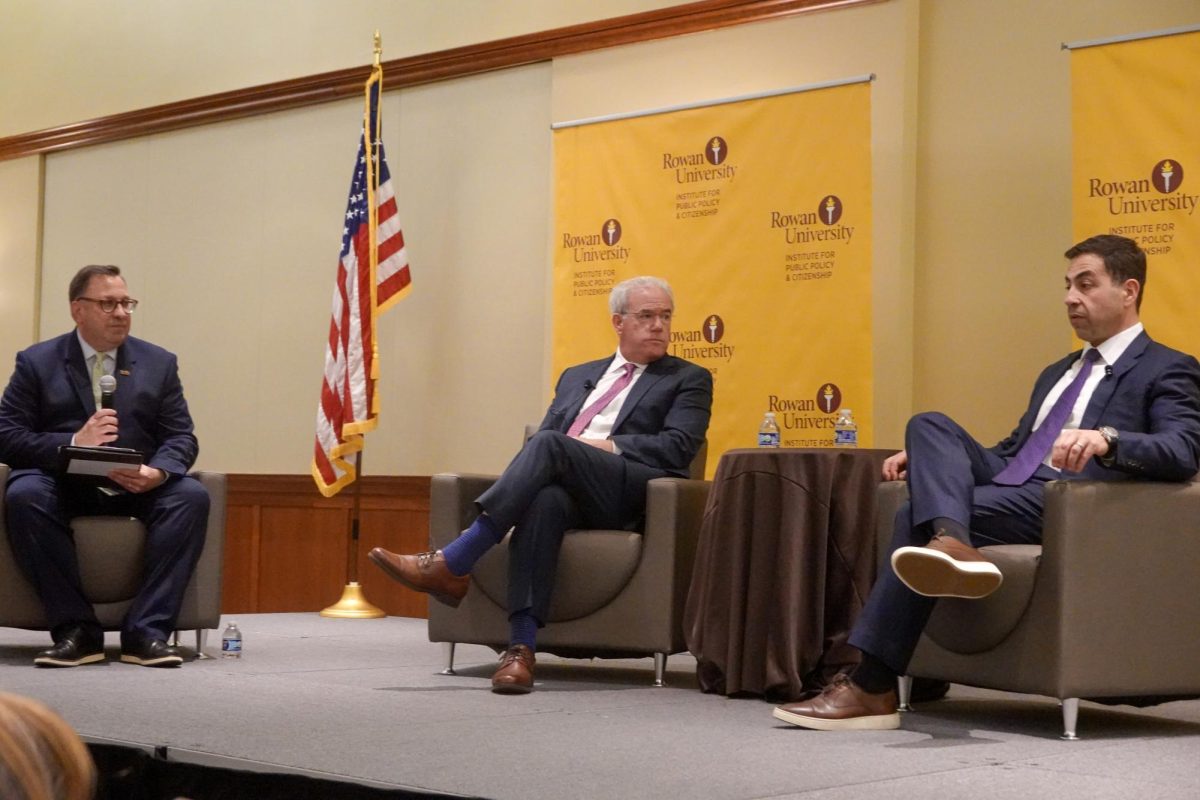
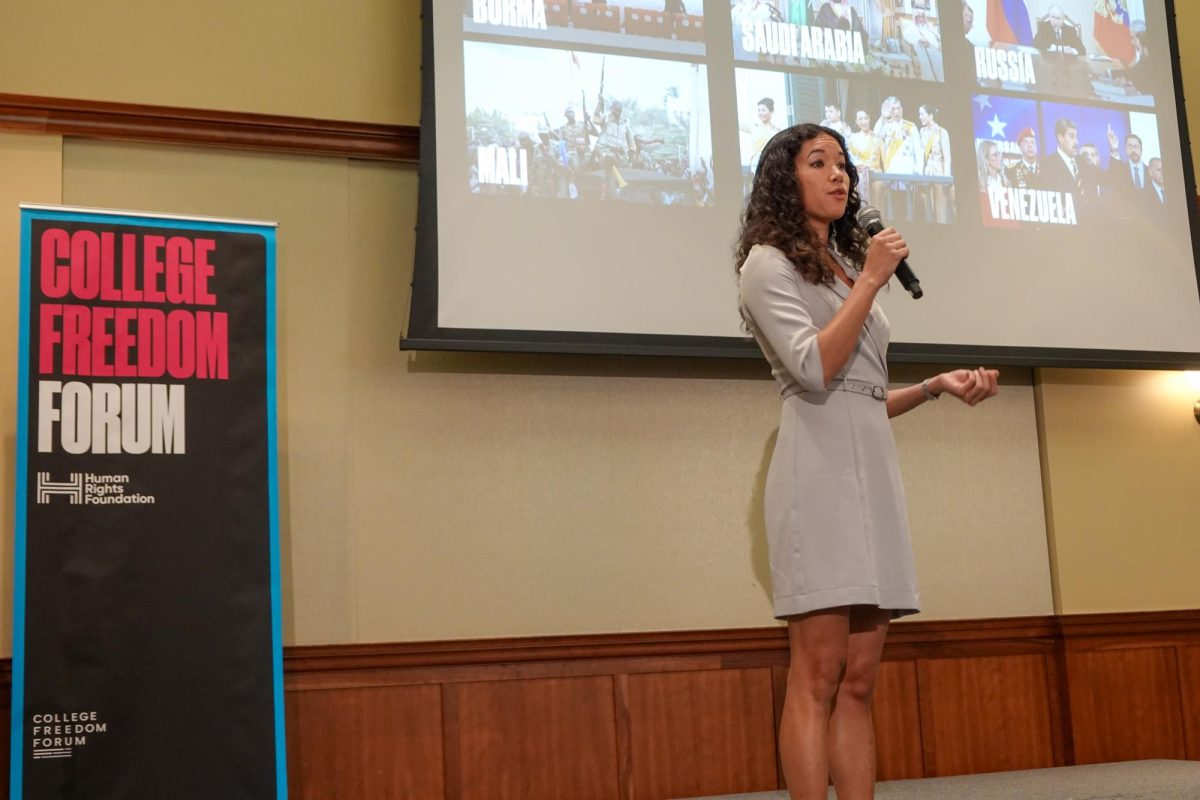
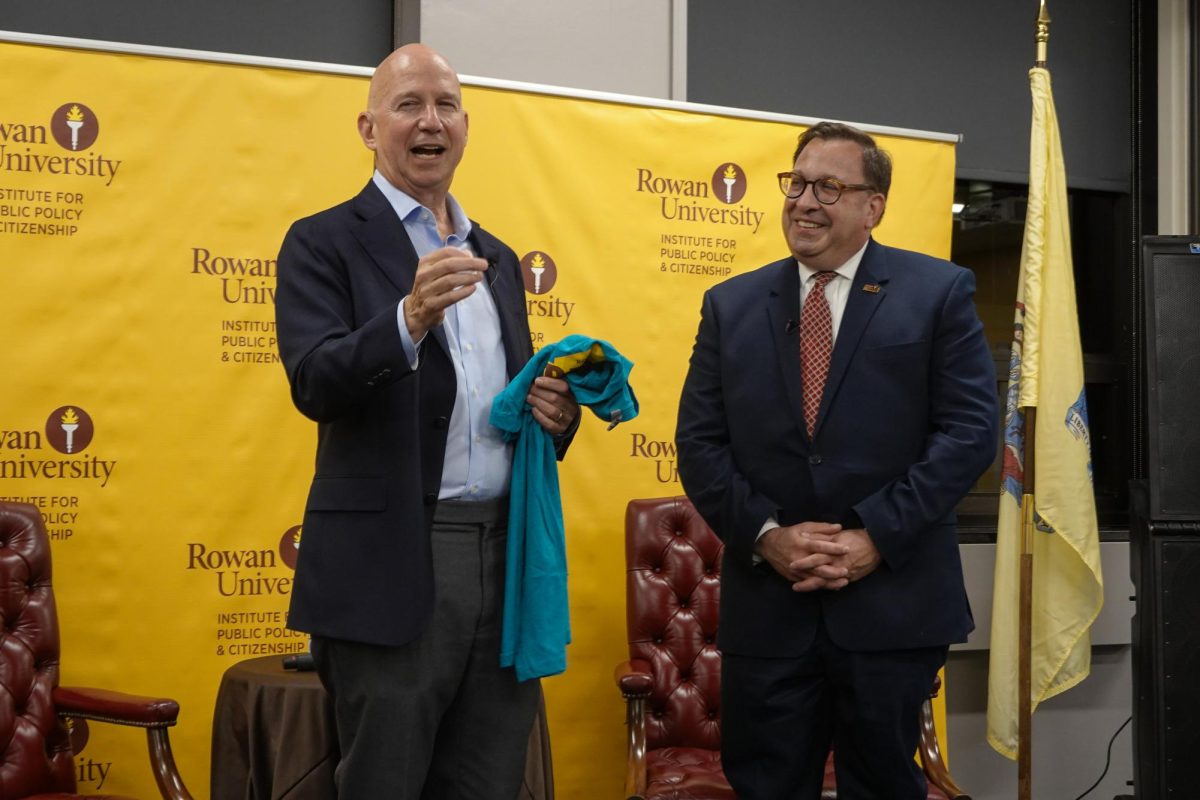


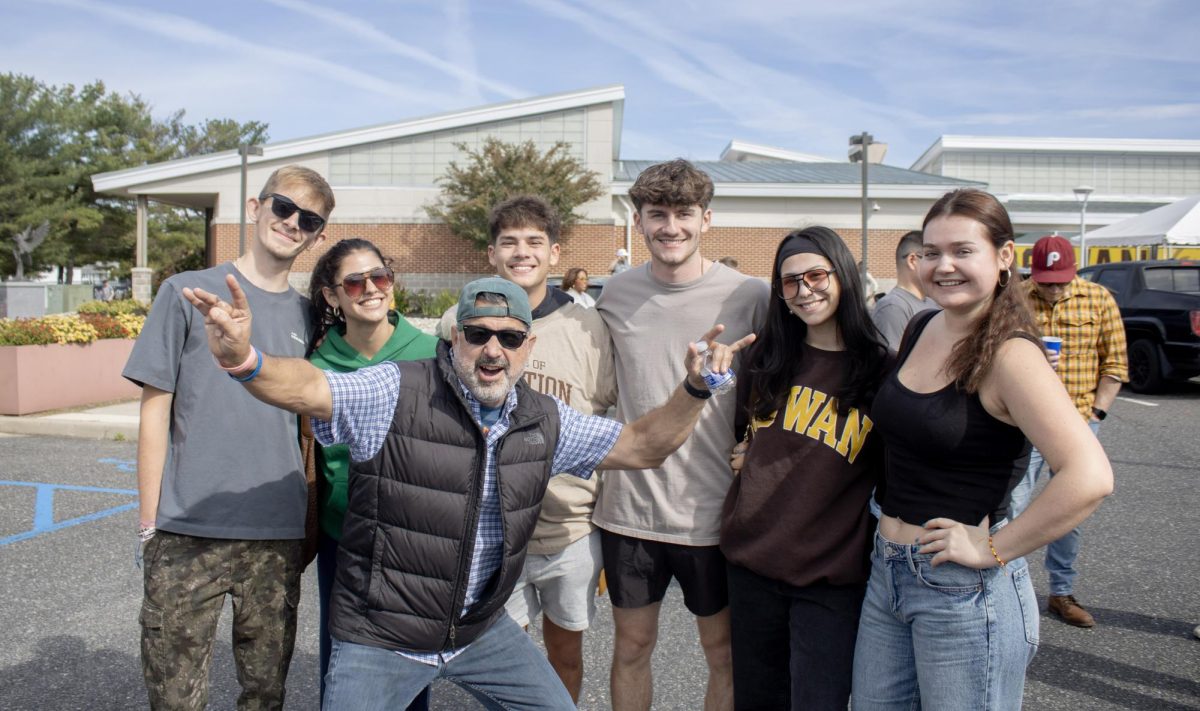

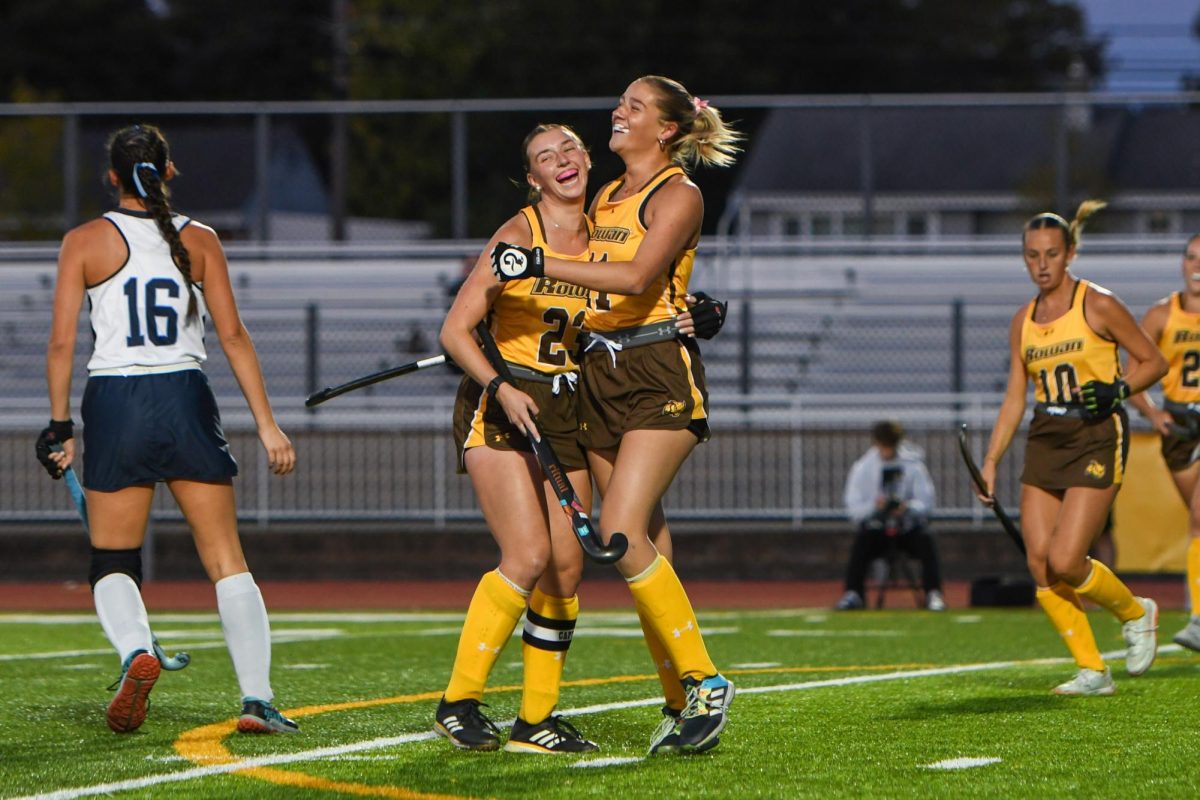































































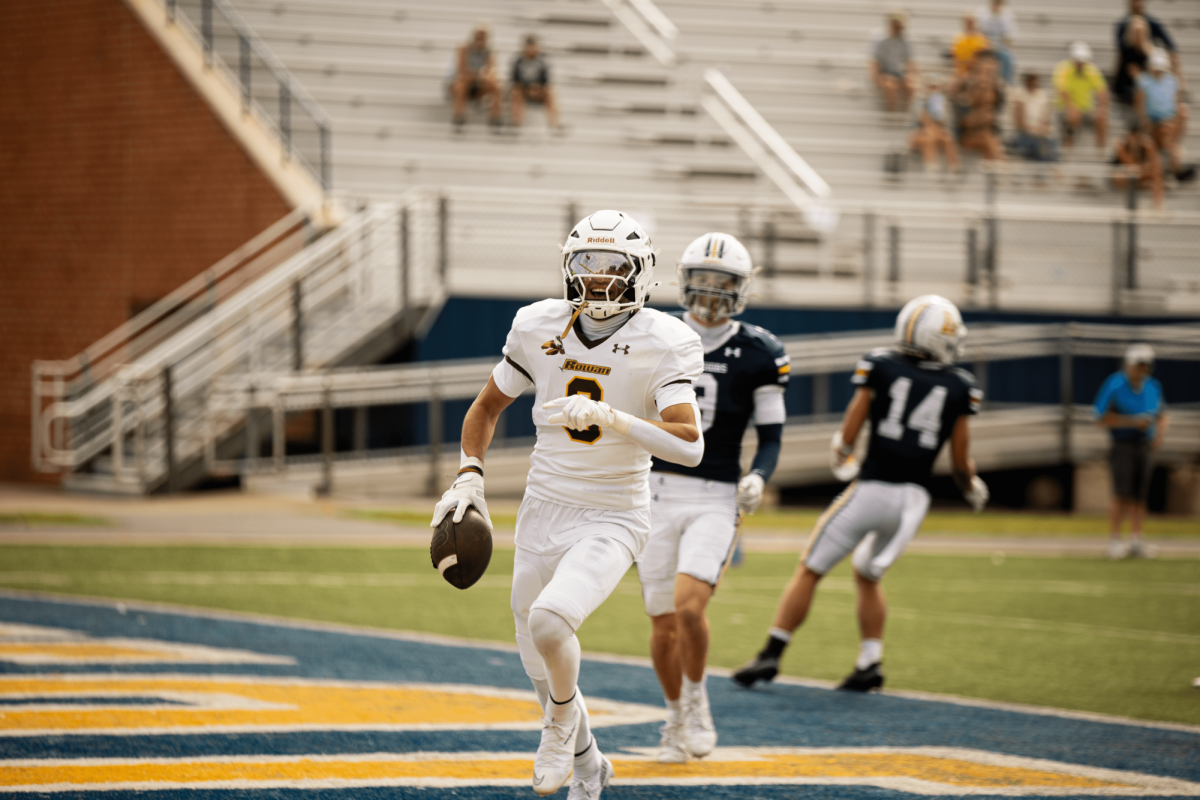



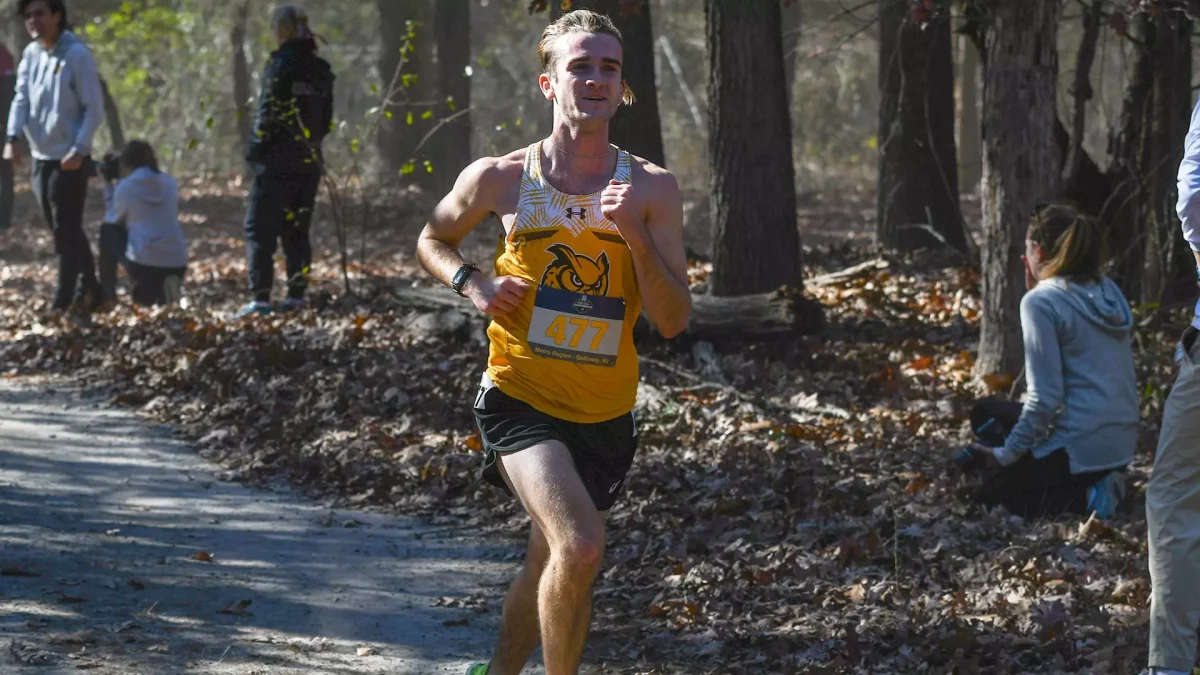



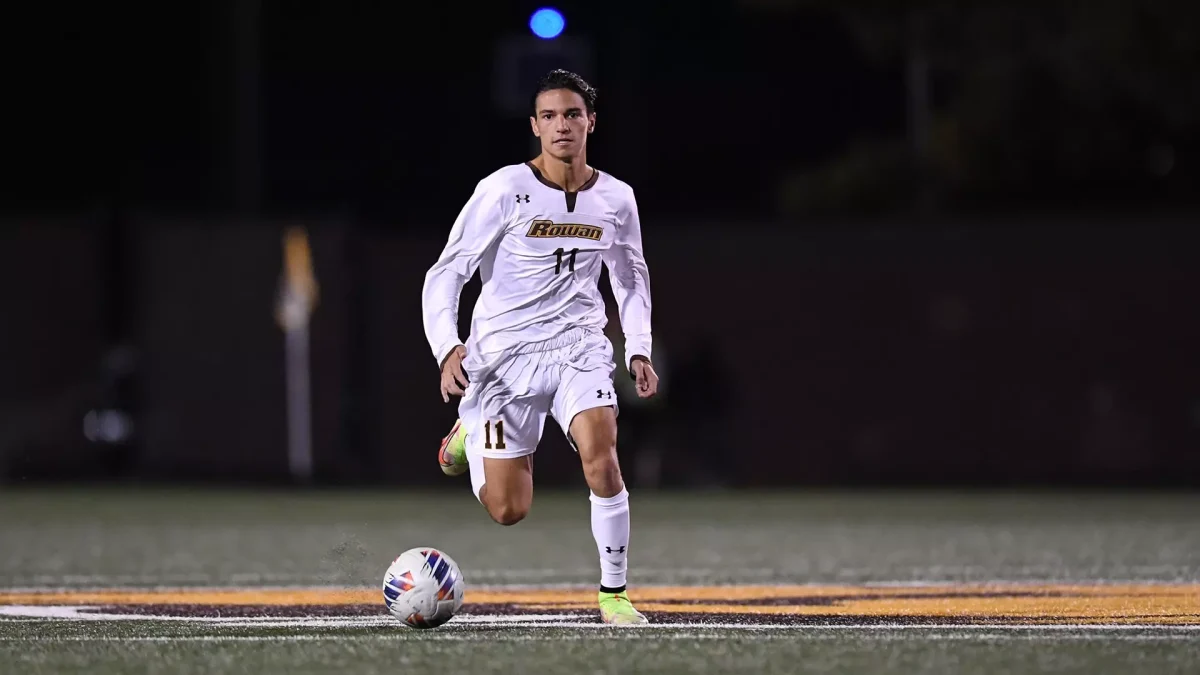
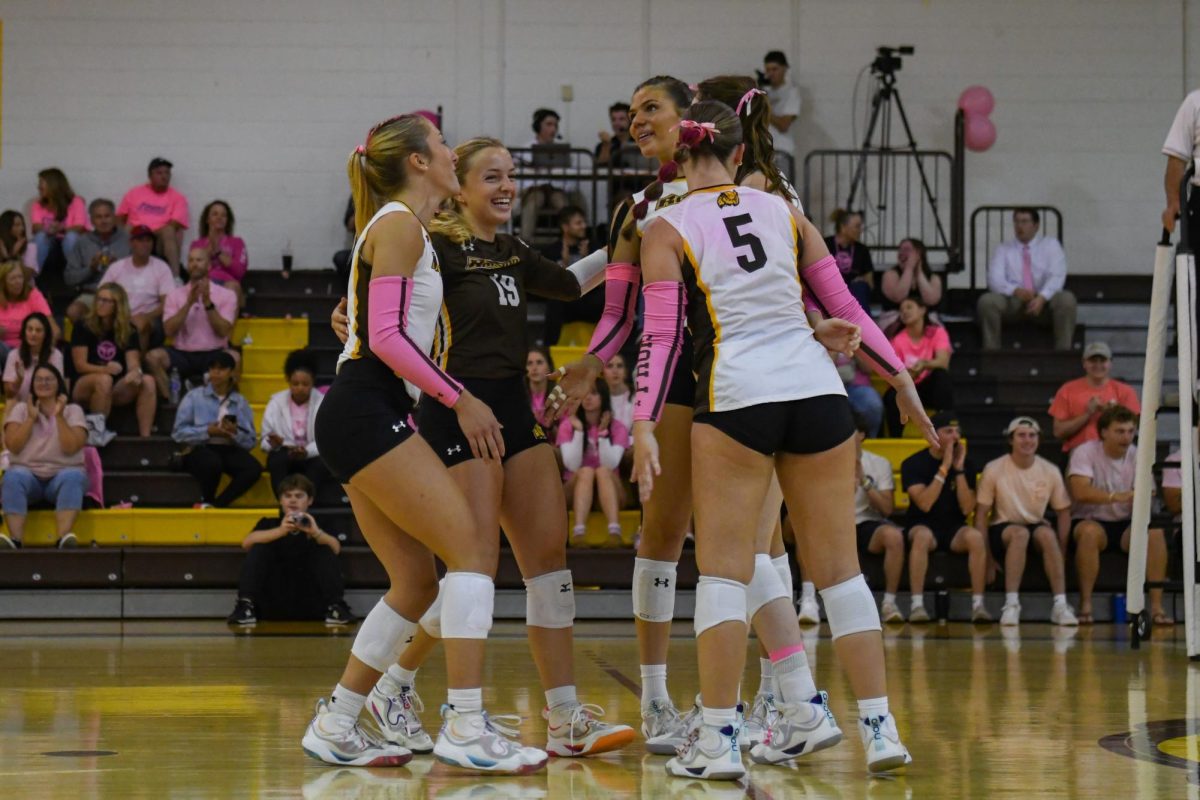
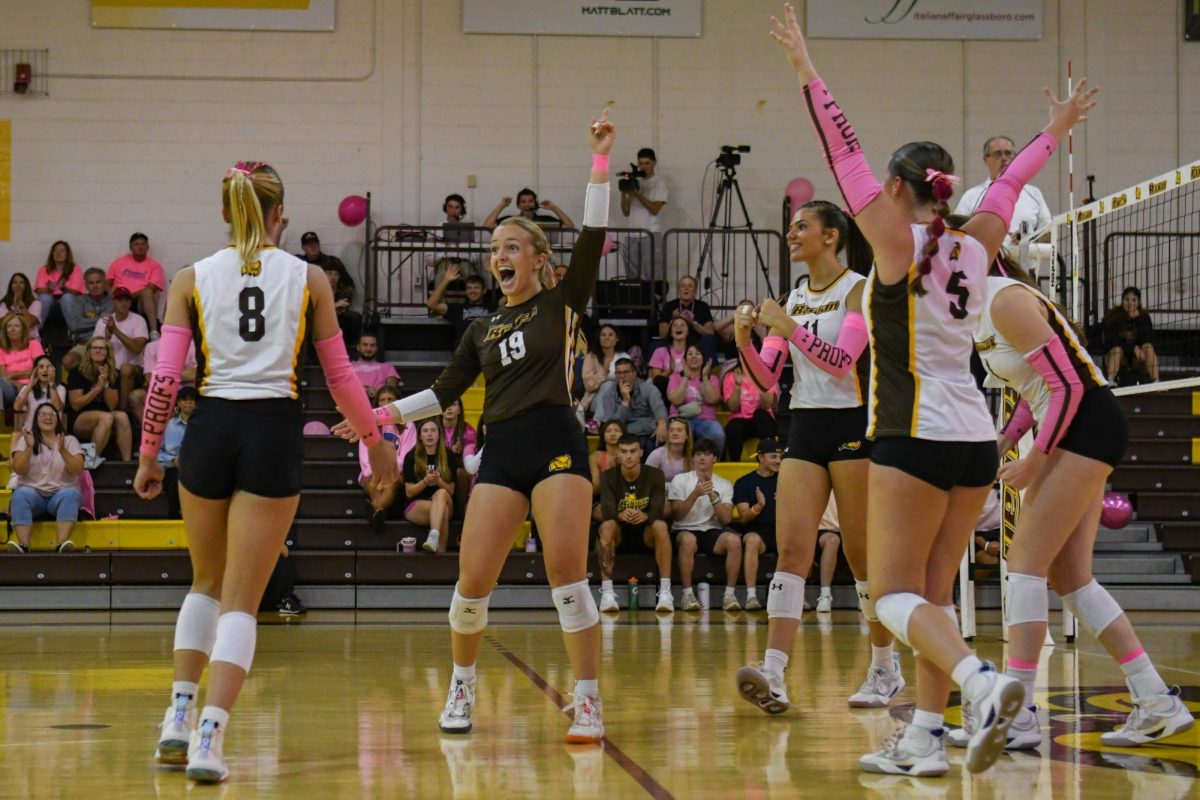
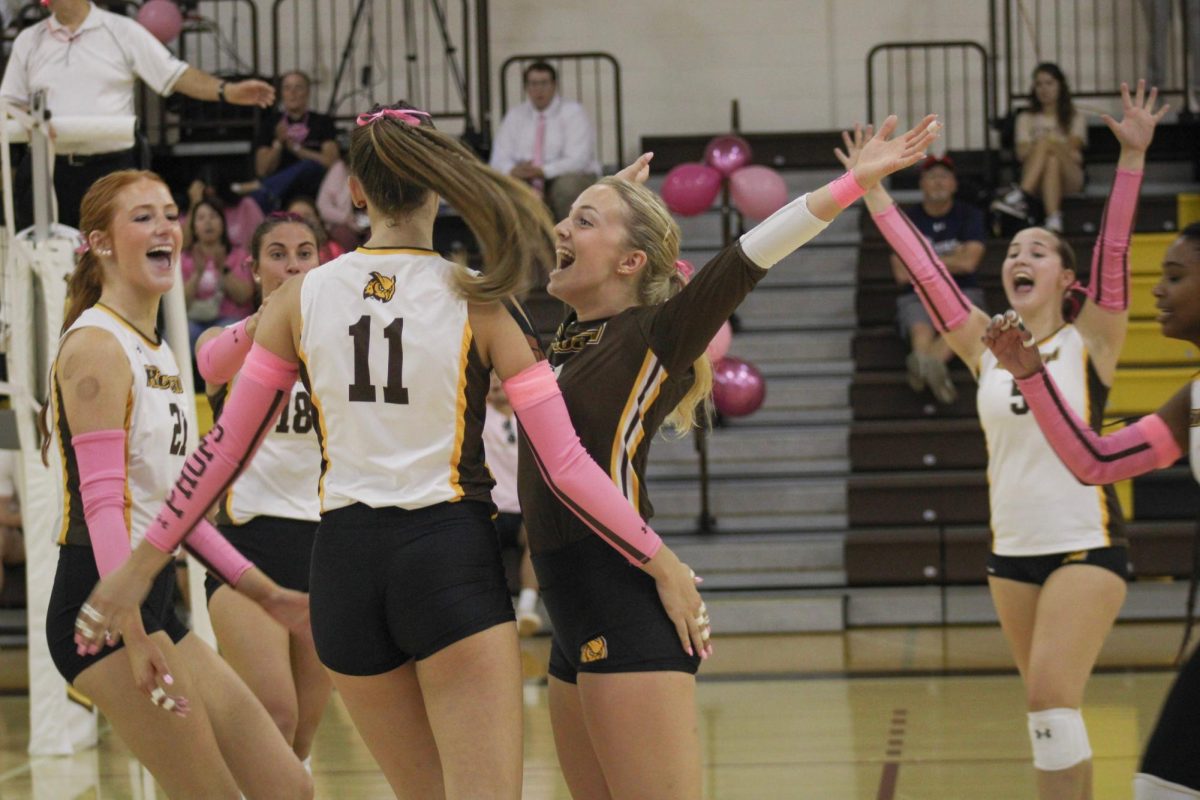
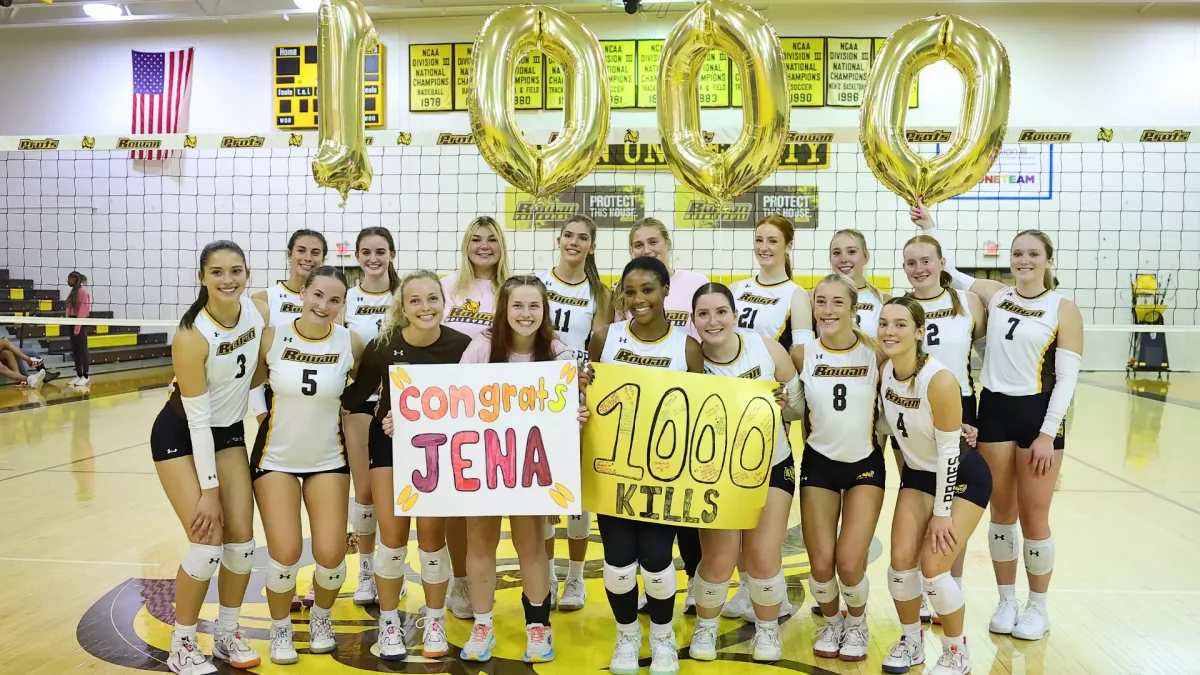
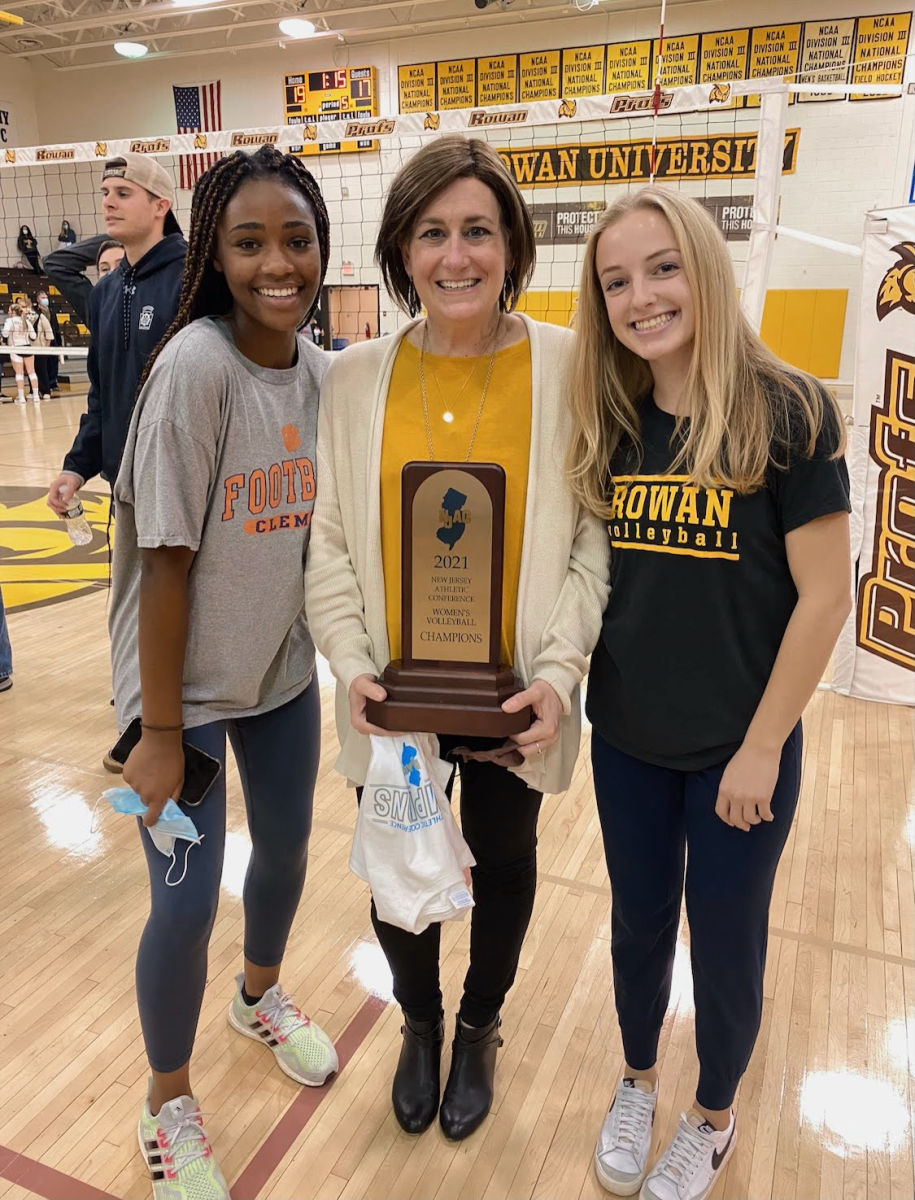






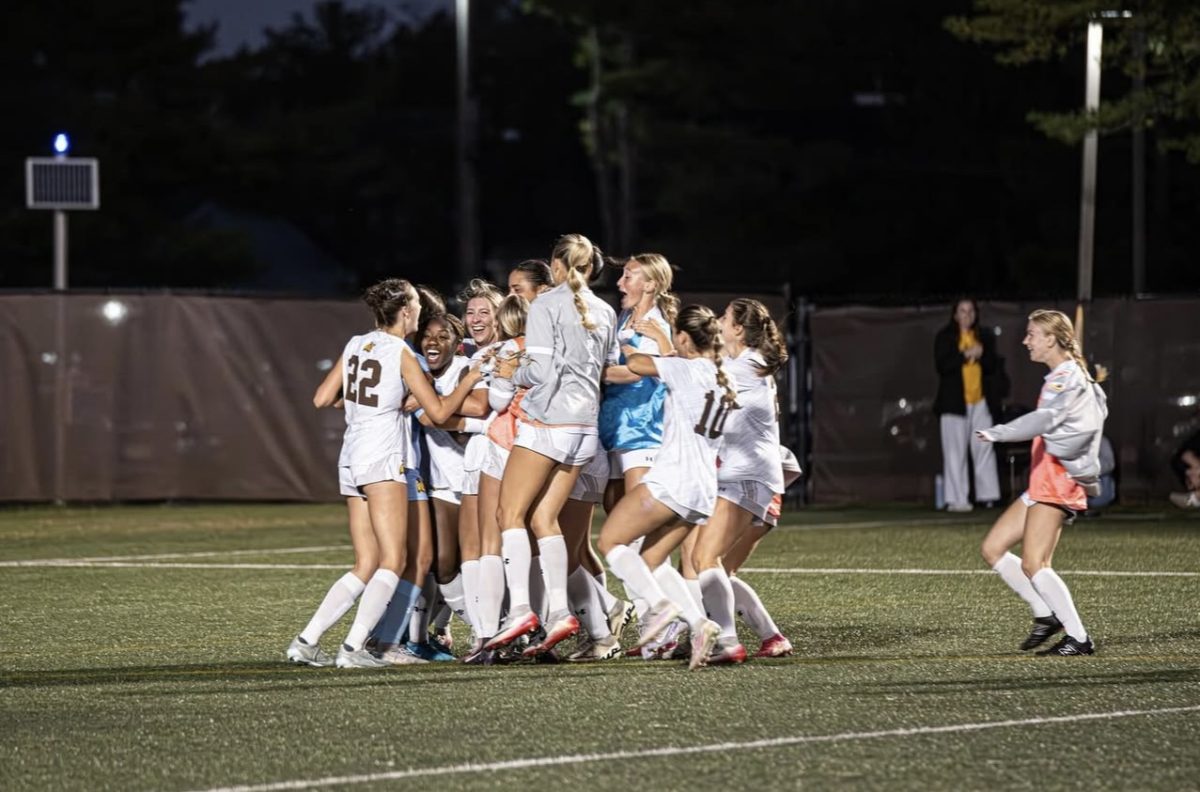
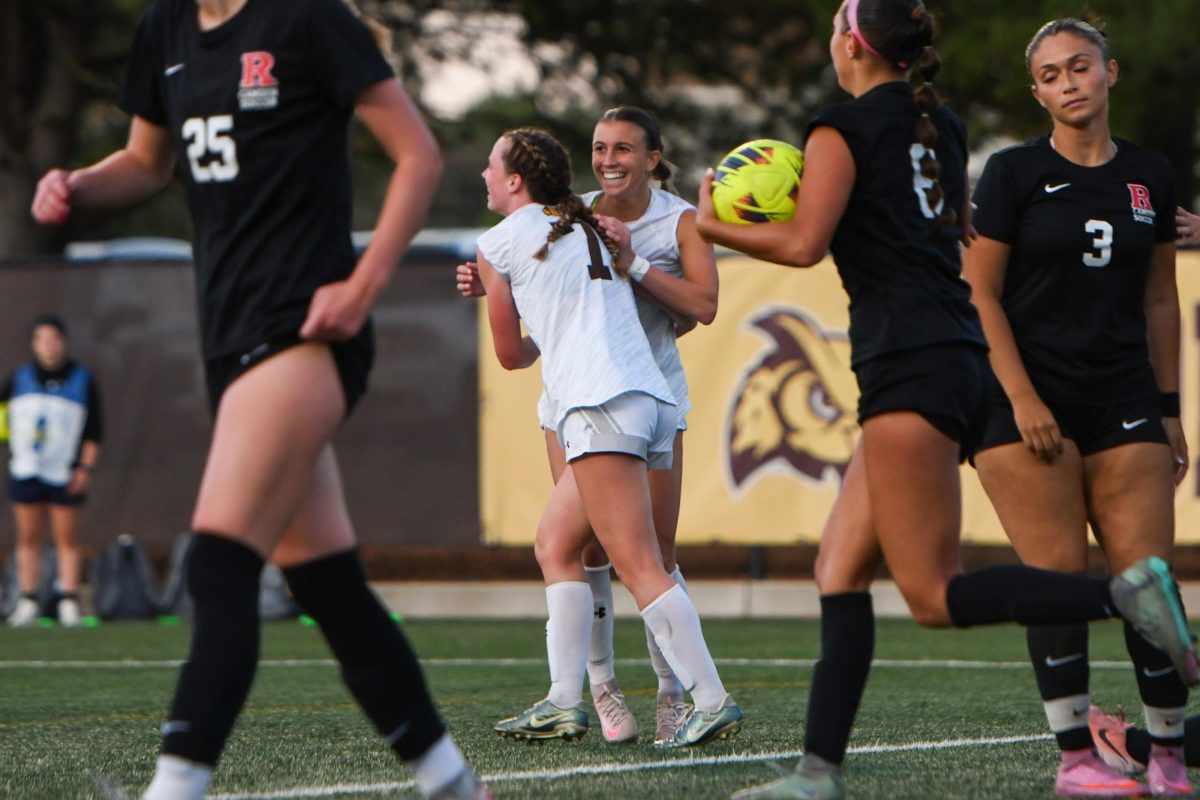
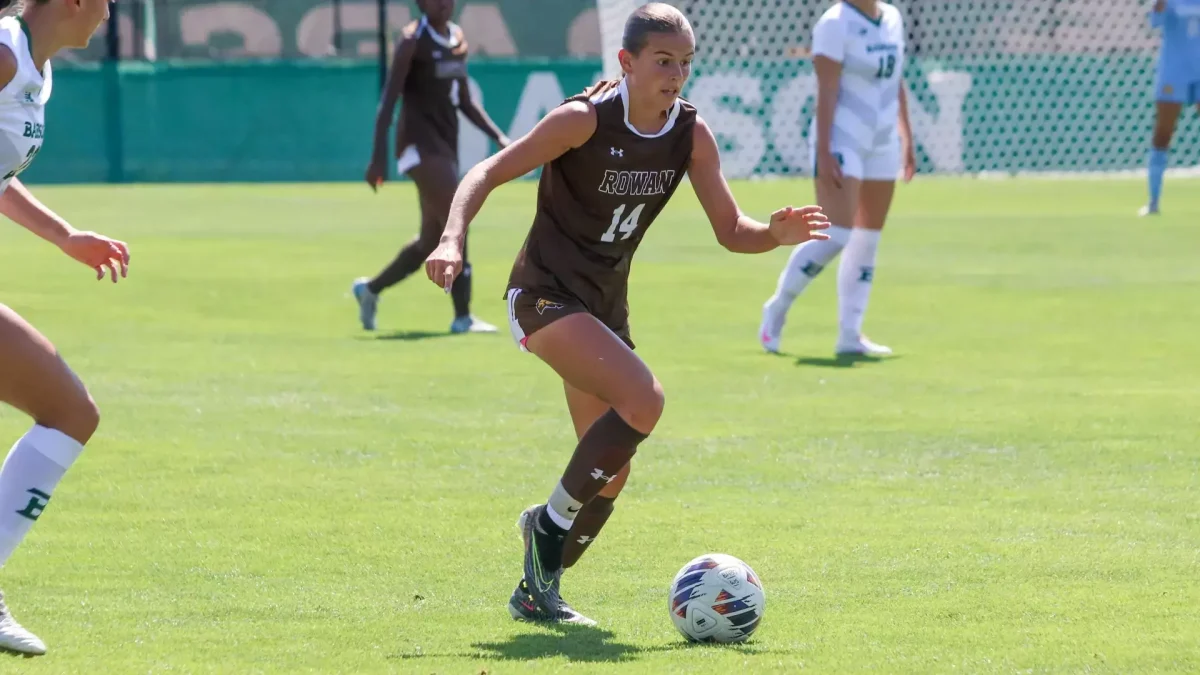















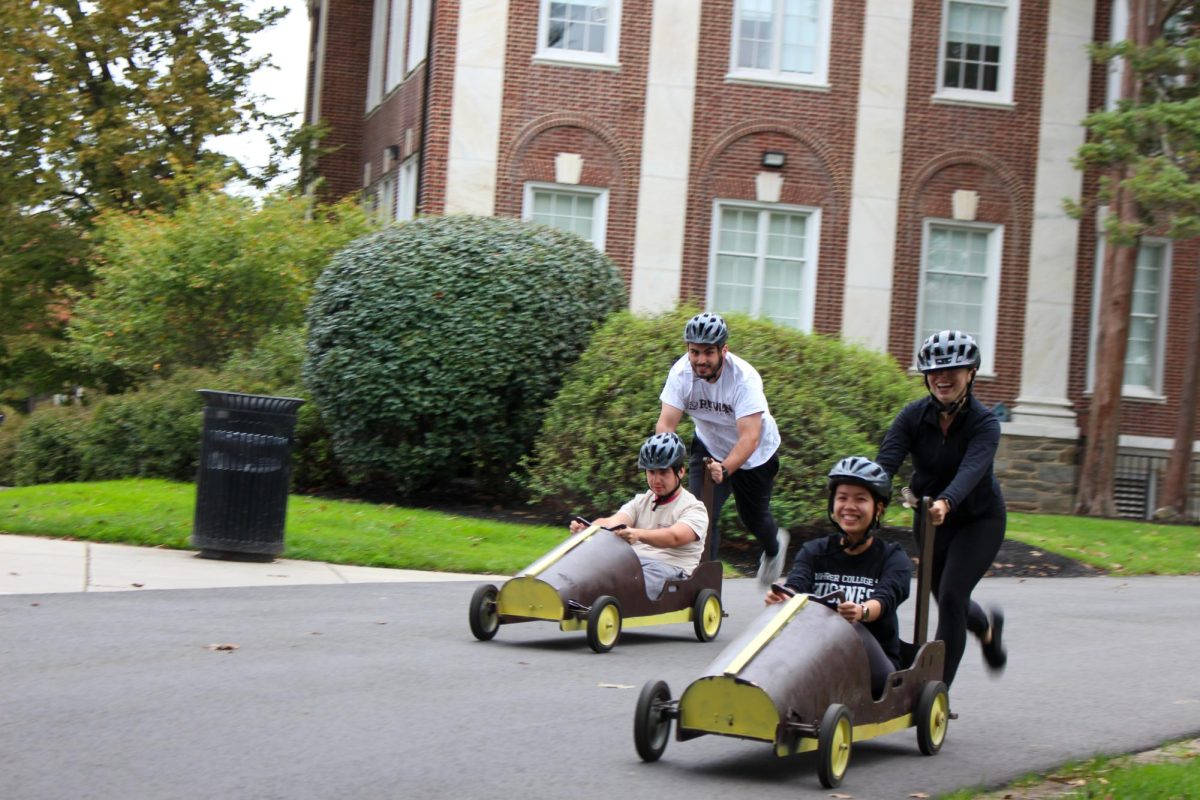
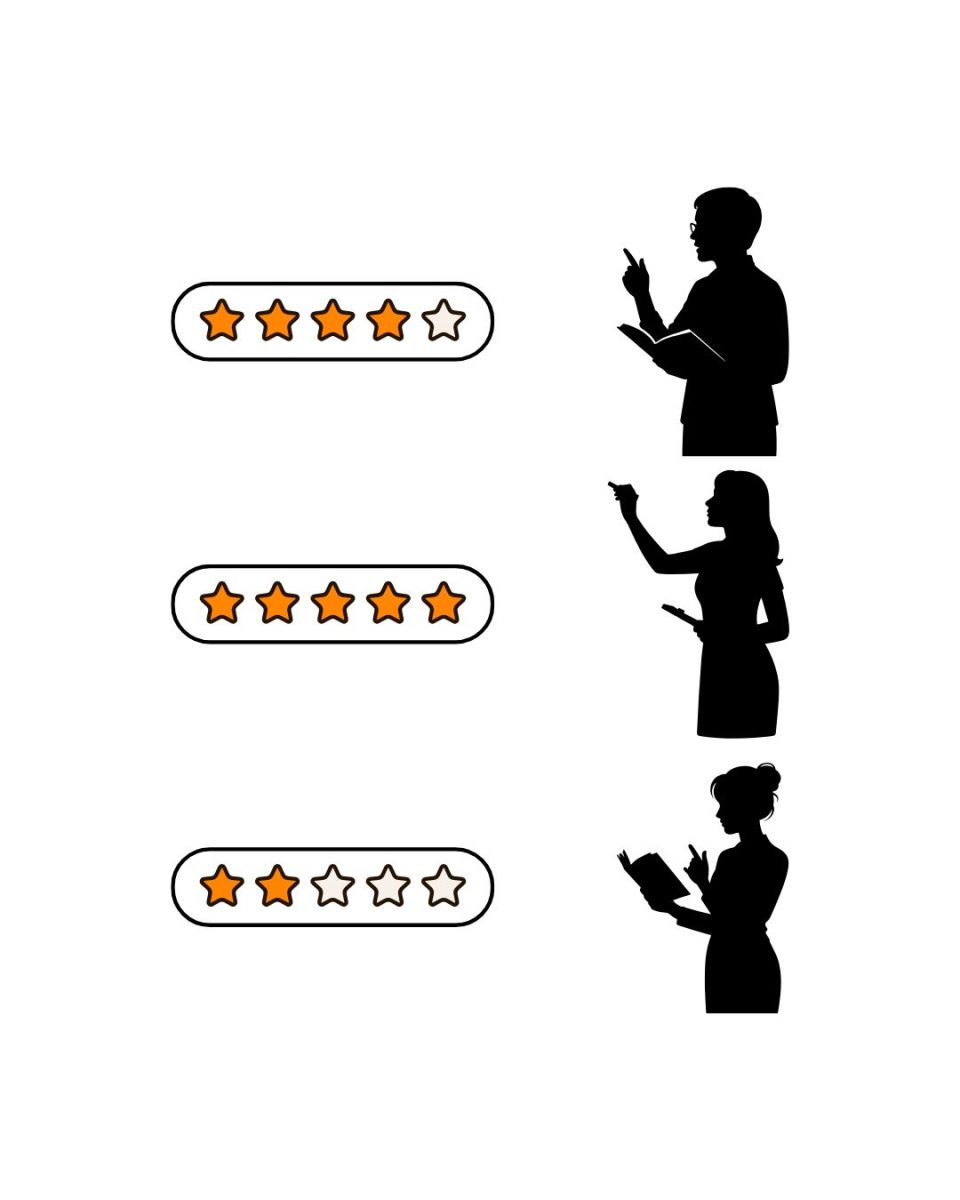










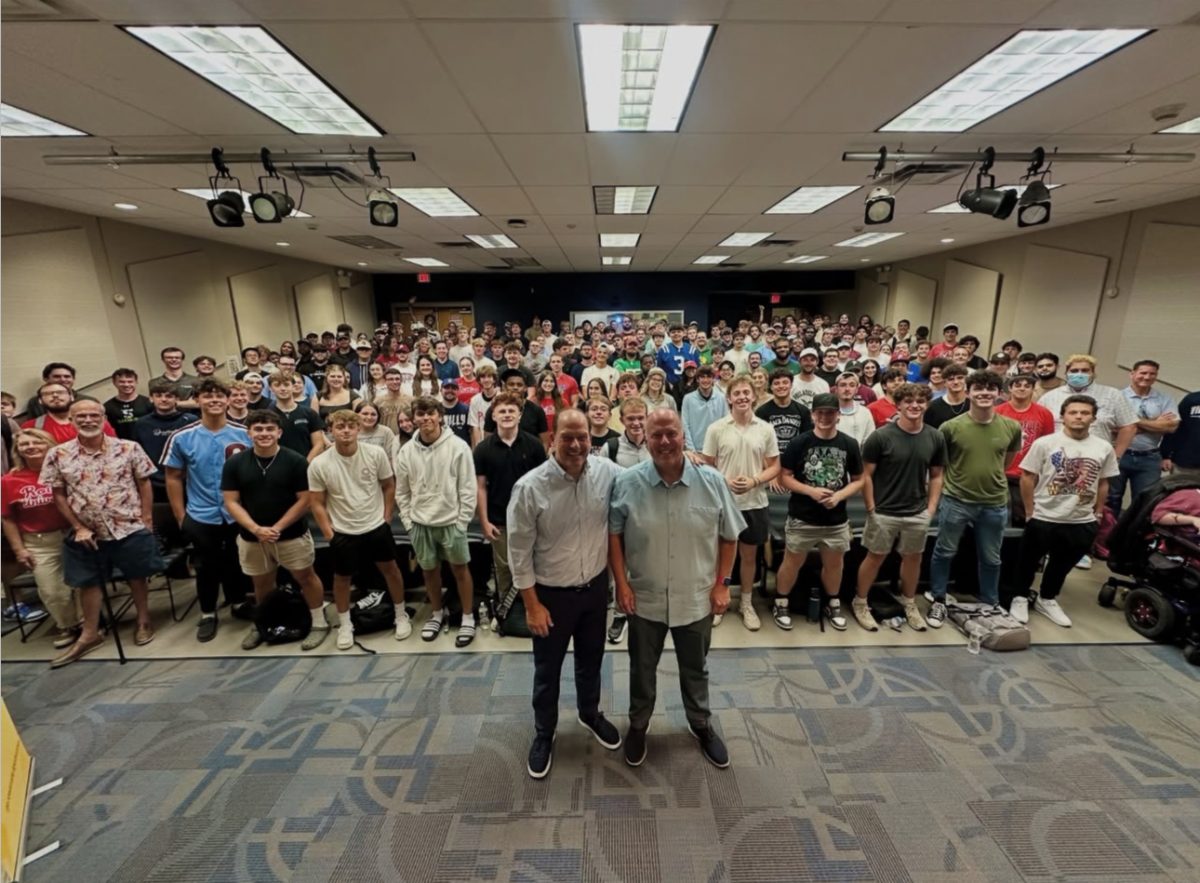






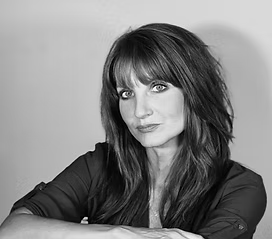

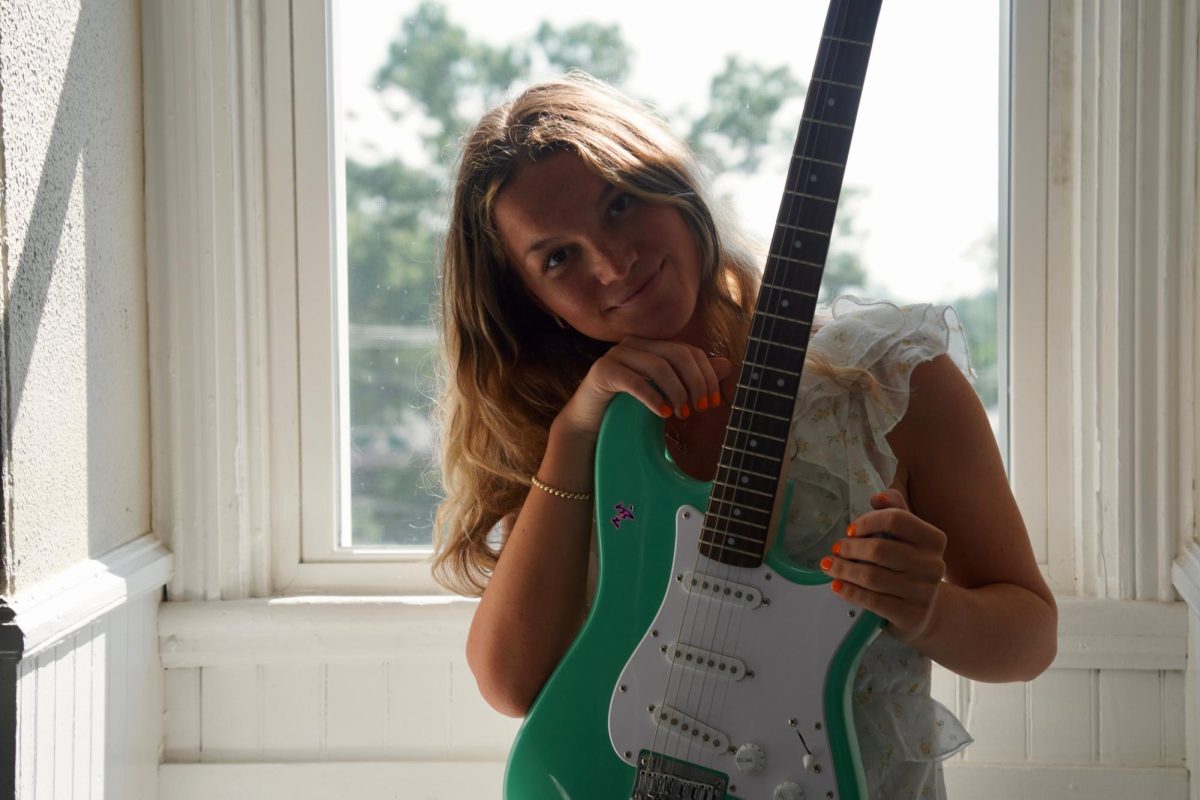









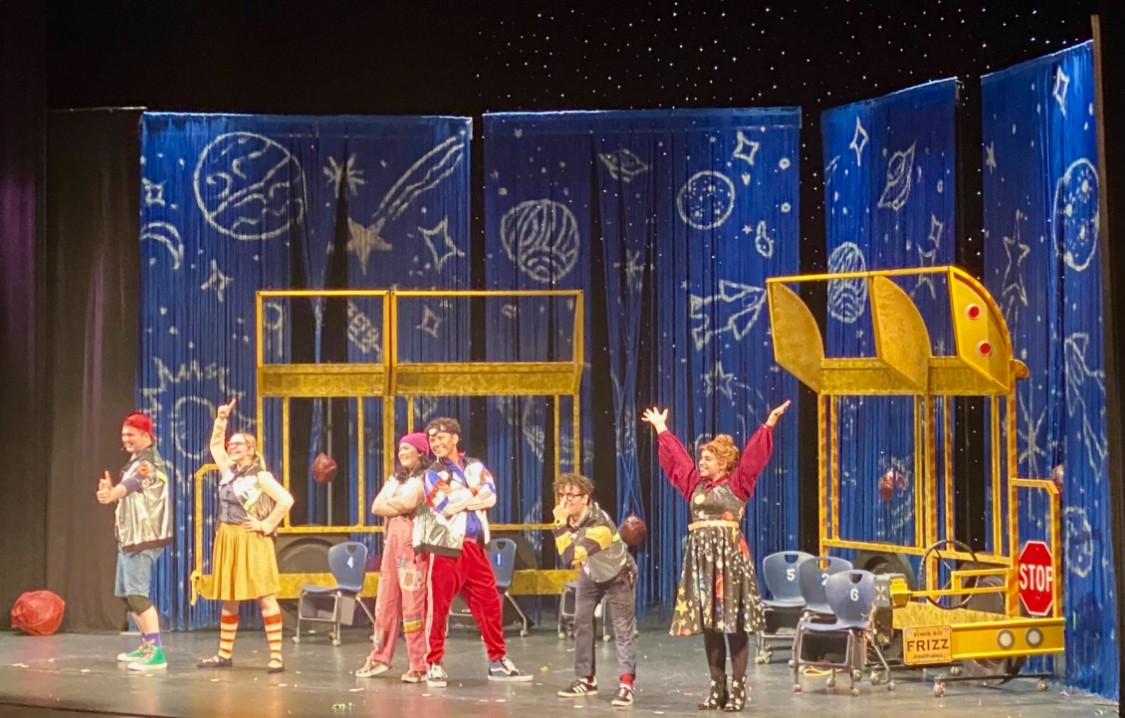













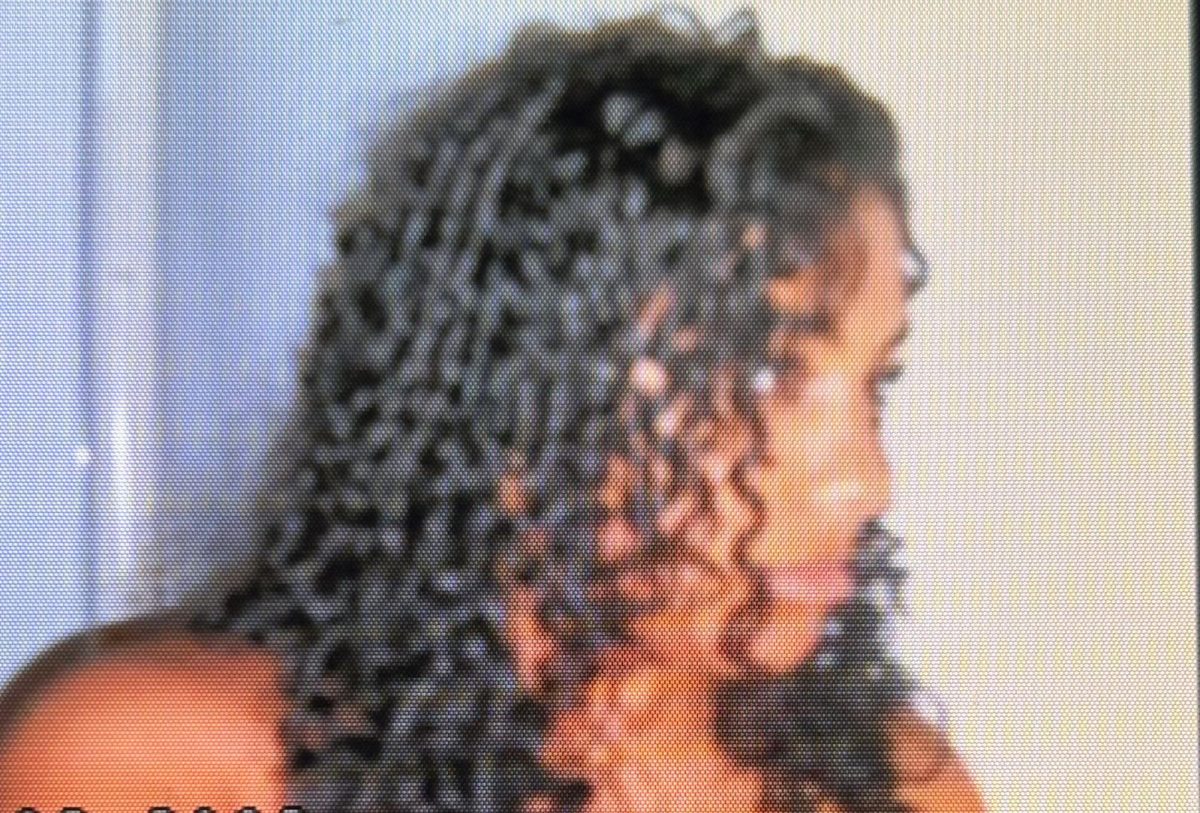


























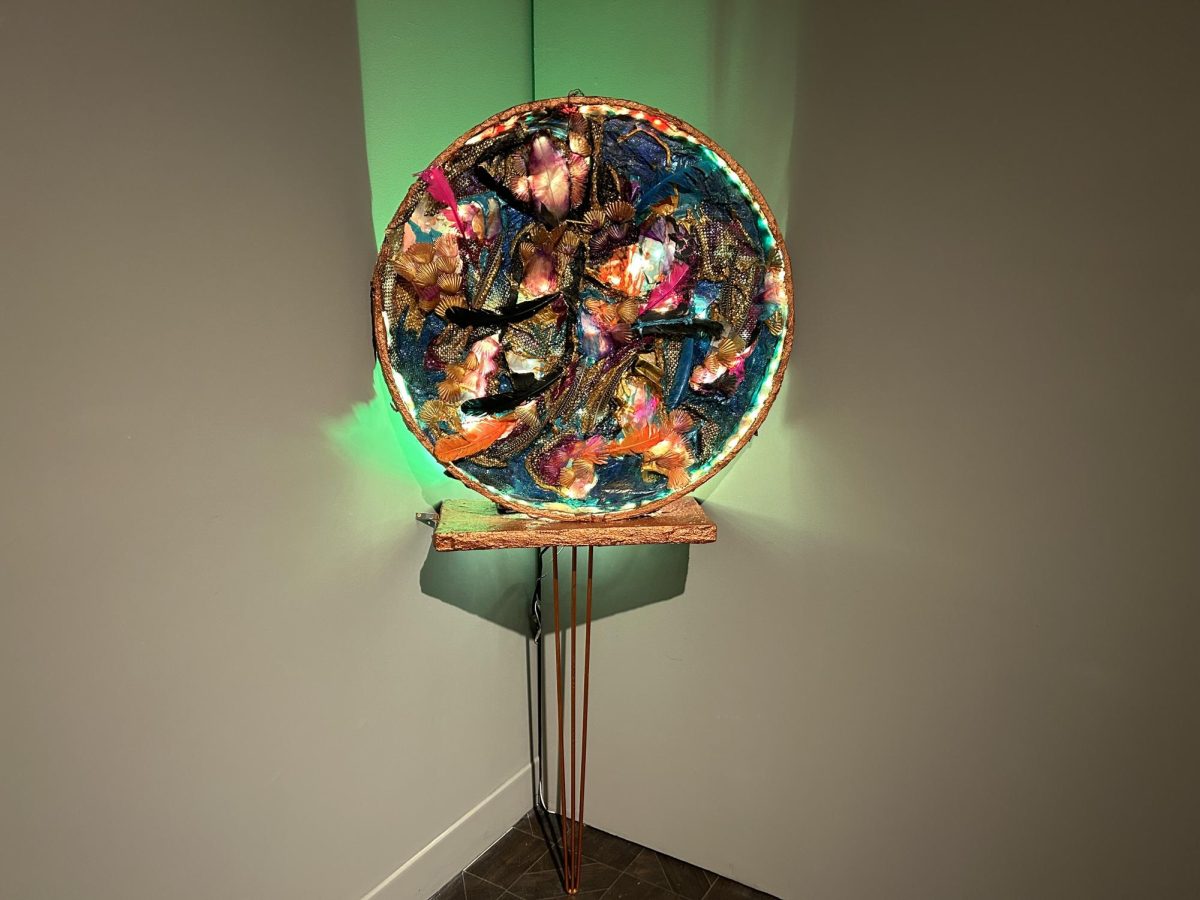
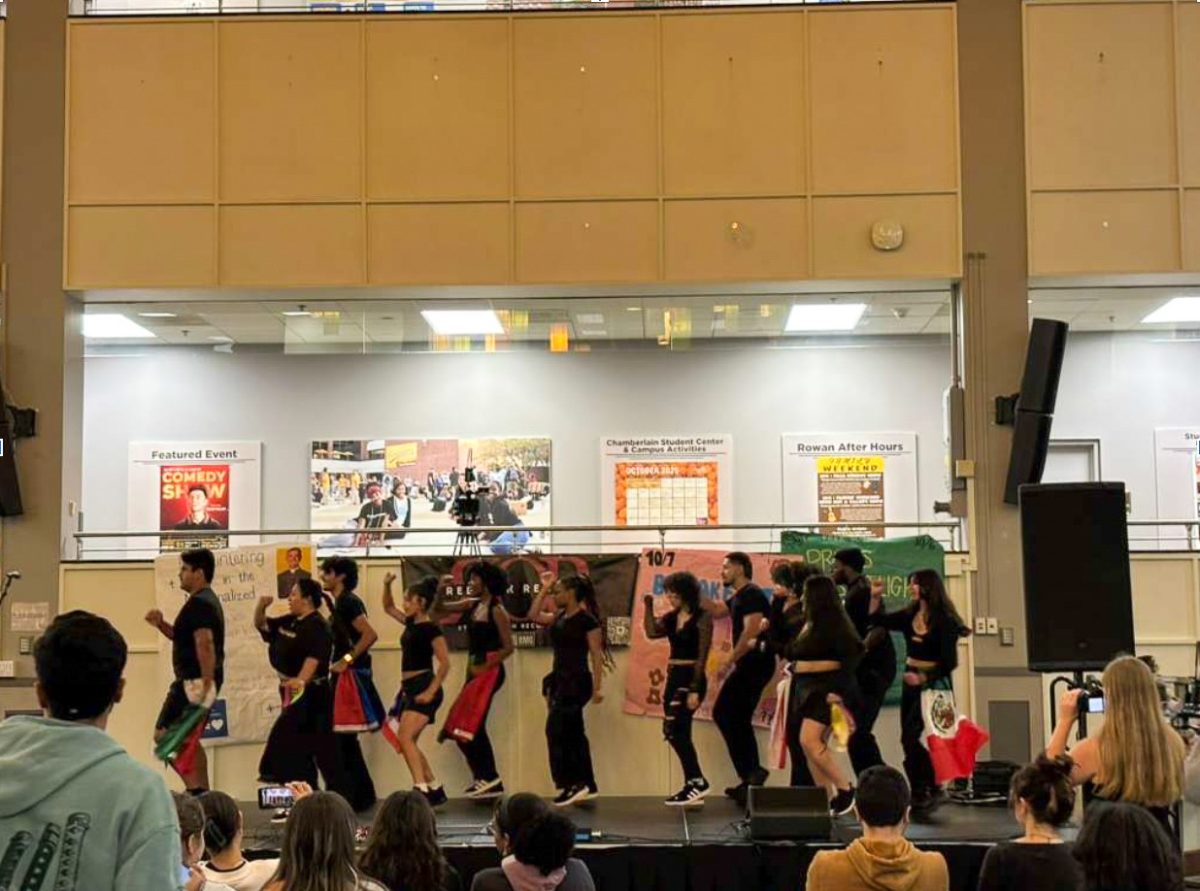
Mary Salvante • Nov 17, 2024 at 9:30 am
Thank you for a great article !